Coupon Included! How to Rent a Car in Japan: A Guide for International Visitors

This is a guide on how to rent a car in Japan, rental costs, and highway toll fees. A discount voucher for car rental services is also included!
The Advantages of Renting a Car in Japan
Traveling by train and subway might be more convenient in a major city like Tokyo or Osaka, but when it comes to exploring regions like Hokkaido, Nagano, Hida-Takayama, and Okinawa, a rental car comes in handy so that you can fully enjoy the scenery.
With a car, you can easily tour several locations in one day. It's also easy to drop in at roadside rest stops and service areas to enjoy local products and cuisine.
This article will explain how to rent a car in Japan, from basic procedures to recommended car rental services and information on highway toll fees.
Click Here to Get 10% Off on NIPPON Rent-A-Car Services!
How to Rent a Car in Japan
1. Requirements for Driving a Car in Japan
2. How to Rent a Car
3. The Cost of Renting a Car
4. About Car Navigation Systems
5. Japanese Highways and Rules of the Road
6. Expressways in Japan
7. How to Use a Parking Lot in Japan
8. How to Use a Gas Station in Japan
9. Insurance and What To Do in the Case of an Accident
Read also
Requirements for Driving a Car in Japan
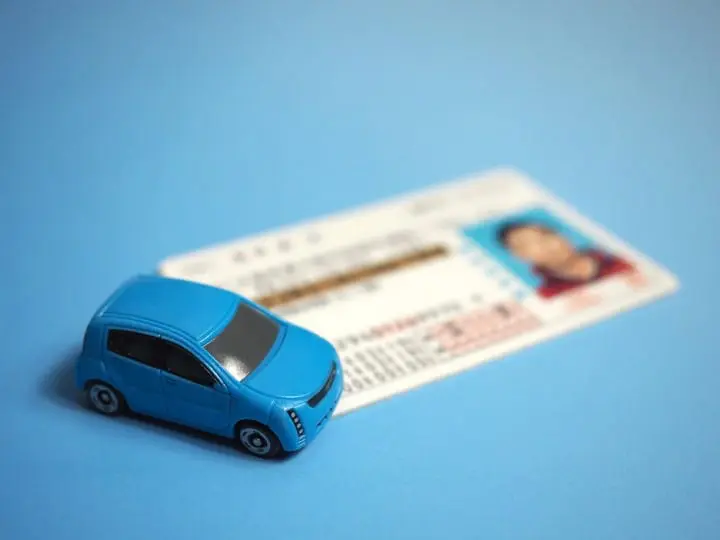
First of all, one needs to be over the age of 18 to rent a car in Japan. This is because a person must be at least 18 years old to get a standard driver's license under Japanese law.
People over the age of 18 need to take a valid driver's license and show their passport when visiting the rent-a-car shop.
When driving a car in Japan, you can use one of three kinds of driver's licenses:
- A driver's license issued in Japan (residents of Japan)
- An International Driving Permit
- A driver's license issued in a different country (Switzerland, Germany, France, Taiwan, Belgium, Slovenia, Monaco) with a Japanese translation
International Driving Permit
It's recommended to get the local automobile association in your country to issue an International Driving Permit. Upon entering Japan, there are instances where you won't be able to receive a driver's license from the embassy.
To learn what steps need to be taken in your own country, please refer to the official homepage (English) for International Driving Permits.
In Japan, International Driving Permits must follow the guidelines of the Geneva Convention on Road Traffic (September 19, 1949) to be considered valid.
Licenses Issued in Other Countries and Their Japanese Translation
Even without obtaining an International Driving Permit, holders of driver's licenses from Switzerland, Germany, France, Taiwan, Belgium, Slovenia, and Monaco can rent a car in Japan. They just need to present their driver's license with a Japanese translation and their passport.
Japanese translations can be issued at any Japan Automobile Federation (JAF) office throughout Japan, or at each country's embassy or consulate. A Japanese translation issued by JAF costs 4,000 yen per request and takes up to two weeks to process.
Whether it's for an International Driving Permit or a driver's license translation, please allow yourself plenty of time when submitting your application.
JAF Online Application for Japanese Translation
International Driving Permits and Other Licenses, Types of Vehicles (NIPPON Rent-A-Car)
How to Rent a Car in Japan
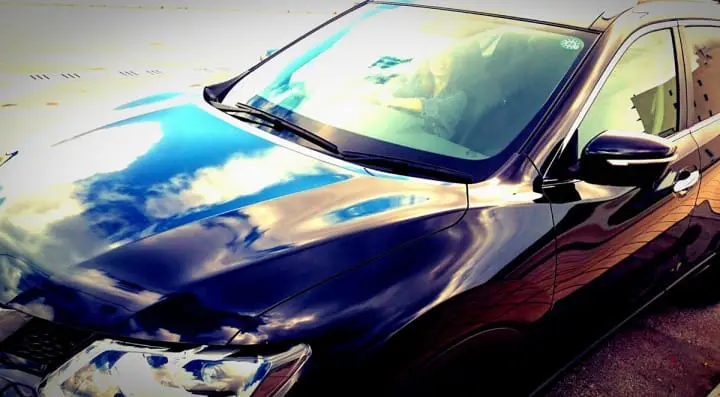
To rent a car, you must first submit an application online or go directly to a car rental office.
Just like renting a car in your own country, you'll need to decide on a few things:
- Your rental car pick-up and return date
- The type of vehicle
- Whether you'll leave the rental car at your destination point (one-way trip) or not
- Additional options: car navigation system, ETC card, etc.
In recent years, travel by rental car has become very popular. It might be difficult to rent a car by visiting the rental office on the day of your trip. It becomes particularly difficult during public holidays. With that in mind, it's best to make your reservation as soon as your travel plans have been finalized..
Make Your Online Reservation in English, Chinese, Korean, or Thai
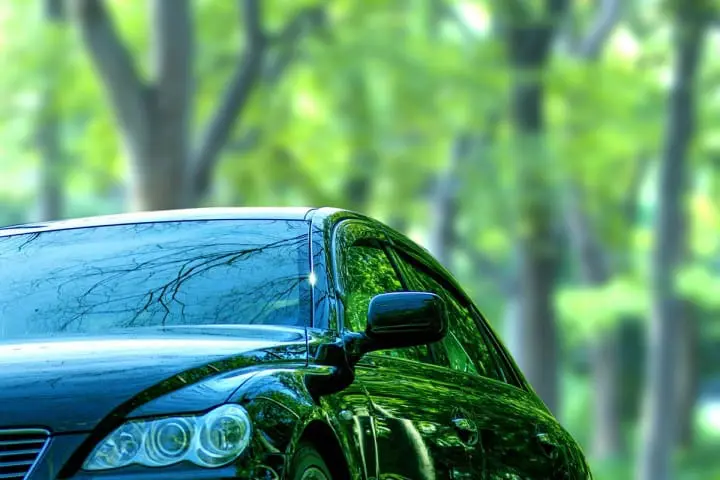
In Japan, many car rental agencies allow users to make online reservations in English, Chinese, Korean, and Thai. Some companies offering this service is TOYOTA Rent a Car, NIPPON Rent-A-Car, and Times CAR RENTAL.
If you use a rent-a-car comparison site such as Klook or Tabirai, you can search for the best prices in your native language.
MATCHA is currently issuing a 10% off coupon for NIPPON Rent-A-Car. Please take advantage of this great offer!
Before Returning Your Car Fill It Up With Gas

When it comes time to return your rent-a-car, the standard procedure is to fill it up with gas at a gas station near the car rental agency.
As part of the rent-a-car return procedure please remember that you'll need to present the gas station receipt as well. Also, keep in mind that some car rental shops require you to use a gas station that they've specified.
In some instances, it's possible to settle the gas charges right at the car rental shop if the nearest gas station is far away or has limited business hours. In this case, the charges are often slightly more expensive than if you filled up the car by yourself.
If you're dropping off your car, please return it to the rent-a-car agency's affiliated office. The drop-off location will be specified beforehand so please confirm this.
The Cost of Renting a Car
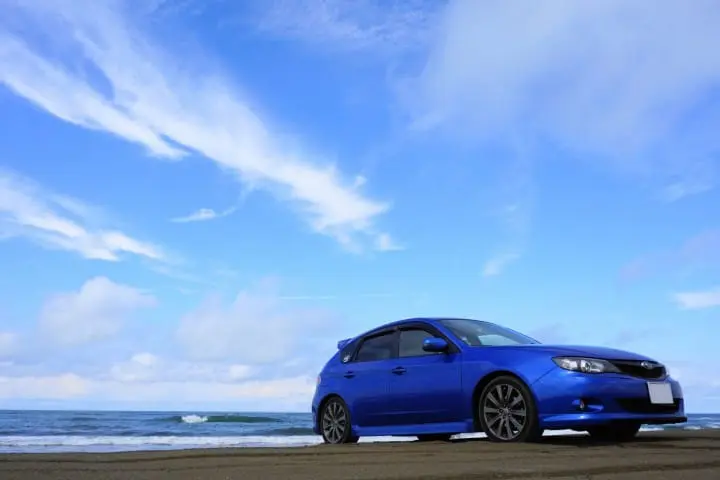
A rental car that holds four to five people usually costs 5,000 yen to 10,000 yen per day. However, this price can change depending on the region of Japan and the time of year.
The chart below shows car rental prices in the Hokkaido - Shin Chitose Airport area during mid-May 2023 on the reservation site Klook. Please use this as a reference.
- 4-5 people
- more than 7 people
- 4-5 people
- more than 7 people
- 4-5 people
- more than 7 people
| Size of Rent-a-Car (no. of passengers) | Car Rental Period | Cost |
|
|
6 hours | 6,000 yen and up |
|
|
6 hours | 9,000 yen and up |
|
|
12 hours | 7,000 yen and up |
|
|
12 hours | 16,000 yen and up |
|
|
24 hours | 7,000 yen and up |
|
|
24 hours | 16,000 yen and up |
If you make a reservation ahead of time, you can sometimes save money depending on the rent-a-car agency and the reservation site. For that reason, we recommend doing so at the earliest date once your travel plans are finalized.
About Car Navigation Systems
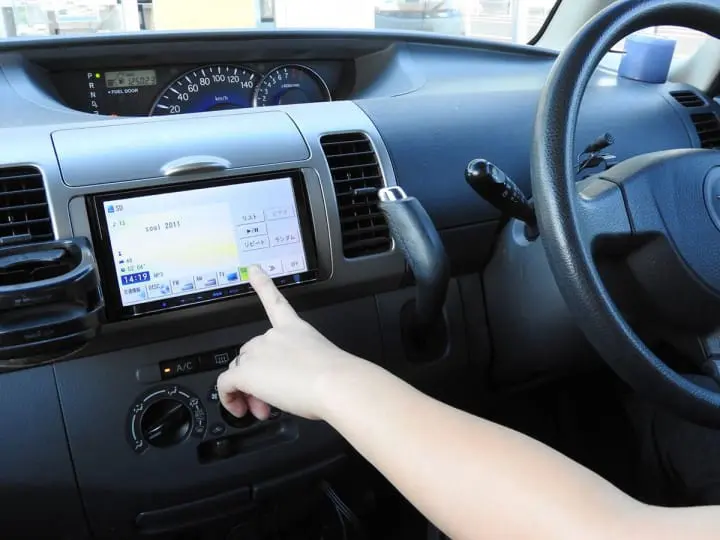
Nowadays, most rental cars come equipped with car navigation systems. However, in some cases, an additional charge is applied for this.
Car Navigation Systems With Support in English, Chinese, and Korean
In recent years, an increasing number of cars with car navigation systems also offer language support. For example, many NIPPON Rent-A-Car vehicles with navigation systems offer support in English, Korean, and Chinese.
Japanese Highways and Rules of the Road
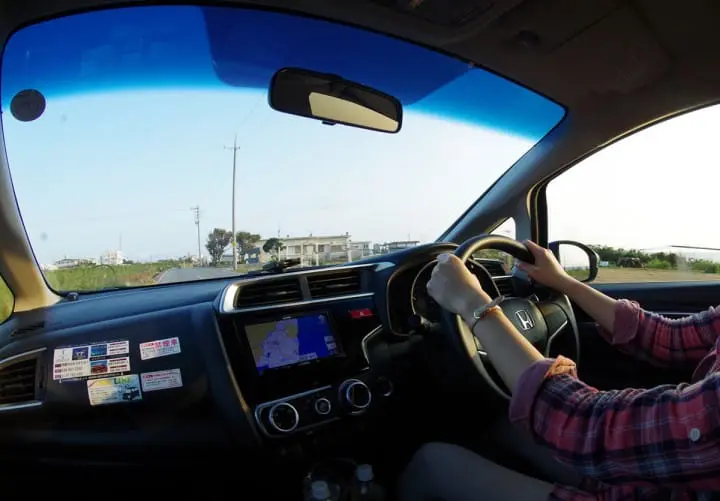
Next, we introduce things you need to know about rules of the road when driving in Japan.
Driving on the Left Side of the Road
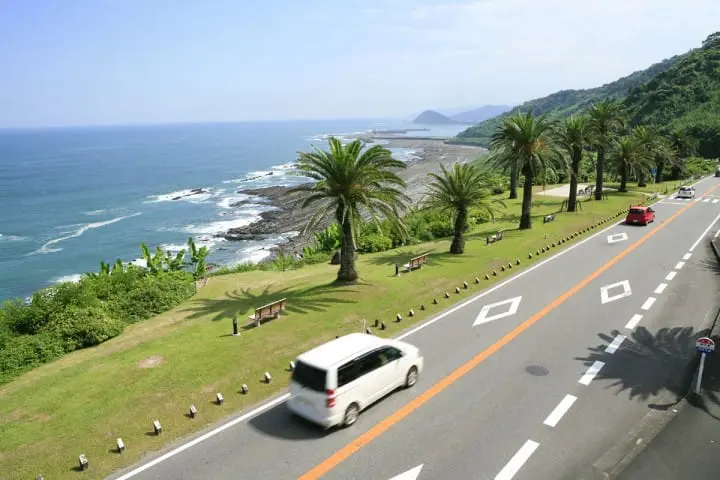
In Japan, the steering wheel is on the right side of the car and vehicles travel on the left side of the road.
Cars use the left lane in several other countries as well, including England, Australia, India, and South Africa. But in other countries such as the USA, China, Europe, Vietnam, and Brazil, cars use the right lane. So visitors from these countries need to exercise caution when driving in Japan!
Additionally, the Tokyo Metropolitan Police Department's official homepage lists some important rules of the road and road signs that visitors need to be aware of. These are summarized in English, simplified Chinese, and Korean, so please take a look for your own safety.
In Snowfall Areas Be Sure To Use Winter Tires
In many regions of Japan, it snows during the winter. Even in places with little snow, roads can become icy at night when temperatures drop.
Under these conditions, it's best to rent a car equipped with winter tires.
Expressways in Japan
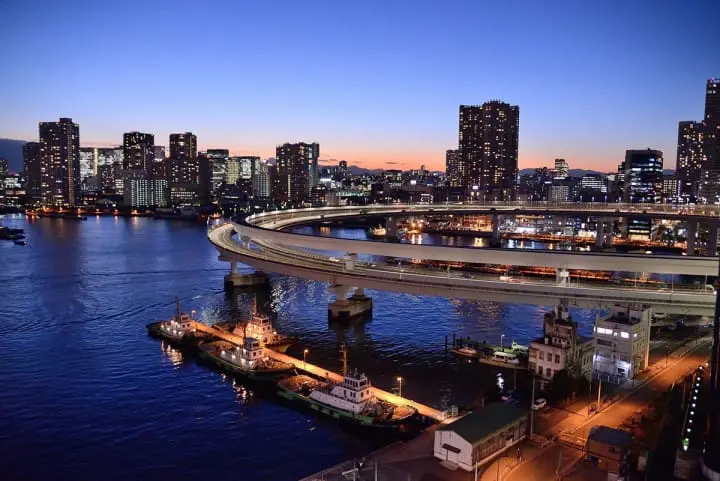
Expressway toll fees in Japan tend to be more expensive than those in other countries.
These fees depend on the region of the country and the time of the year. But generally speaking, it costs about 3,000 yen per 100 kilometers of highway traveled. However, in many rural areas these fees are discounted up to 30% during the late evening and on public holidays.
On expressways, the minimum speed limit is 50 kilometers per hour and the maximum speed limit is 100 kilometers per hour. If you exceed 100 kilometers per hour there's a good possibility that you'll be pulled over by the police. So please use caution.
How to Pay Highway Toll Fees and Information on ETC

When you reach an expressway tollgate you'll see signs that read, "Standard" and "ETC."
Standard (the green sign in the photo above) indicates a tollgate where you pay the toll fee with cash. Depending on the tollgate, you might have to insert money into a machine or pay a staff worker in the booth directly.
On the other hand, ETC (Electronic Toll Collection) means you pass through the tollgate without stopping. You'll need to have a credit card with an embedded ETC chip (ETC card). Afterward, your card will be charged for the toll amount.
You Can Also Rent an ETC Card!
These days more and more tollgates have their own special ETC lanes.
However, ETC card applications can take as long as two weeks. On top of that, the application requires a Japanese address, posing a challenge for international visitors.
But please don't worry! Increasing numbers of car rental shops now offer ETC card rentals. When dropping off your car you can pay the toll charges at the rent-a-car shop.
We recommend this service for travelers using the expressway, so please give this a try.
How to Use a Parking Lot in Japan
In Japan you're not allowed to stop or park your car on the hard shoulder of the road, so you'll need to use a parking lot.
Most popular sightseeing spots and shopping complexes have their own parking facilities. On the other hand, sightseeing spots located in town often don't have their own parking lot. So it will be necessary to use a private parking lot.
Parking Fees
The cost for private parking usually costs about 200 yen to 600 yen per hour. In places like Tokyo and Osaka, however, this price can often exceed 1,000 yen per hour.
But also keep in mind that many parking lots have a system called "saidai ryokin" in which the price won't increase after a specified length of parking time. For example, with the large parking company called Times, it costs 100 yen to park for one hour but only 1,000 yen for 24 hours.
Methods of Parking at a Parking Lot
There are essentially two different parking methods. With gate-type parking, you receive a ticket at the parking lot entrance and then pay the appropriate fee when you exit. With lock-type parking, you enter your parking spot number into a machine and pay afterward for the length of time that you parked.
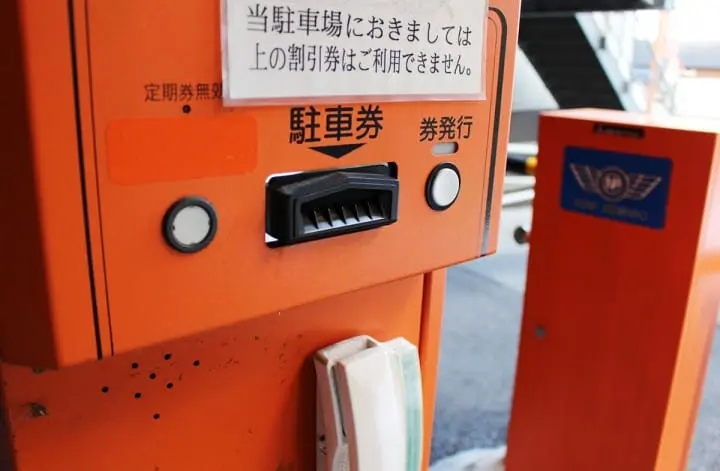
With the first method (gate-type) you press a button on a machine and get your ticket before parking (see photo above).
This parking ticket shows various information including the time you entered the parking lot. When you're about to leave the parking lot, you either insert the ticket into a machine or pass it directly to a person in the booth and pay them the required amount. Please be sure not to lose this ticket before exiting the parking lot.
If you happen to lose your ticket, please contact the company that manages the parking lot. Their phone number is usually listed somewhere on the parking lot premises.
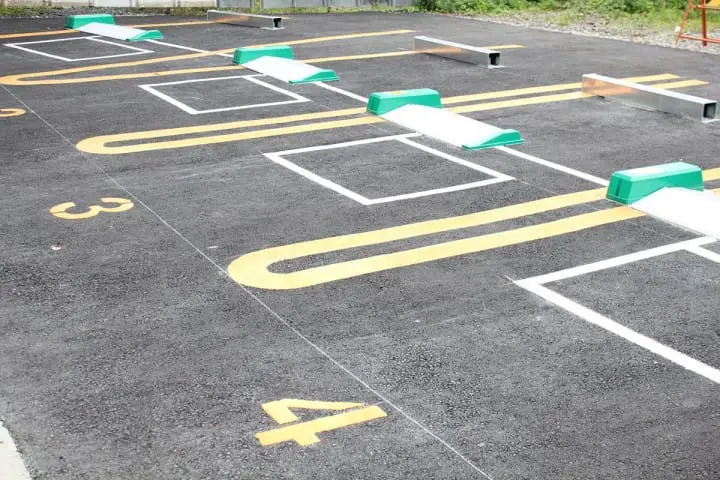
On the other hand with lock-type parking, you don't get a ticket at the entrance, but instead proceed directly inside and park your car. When your car sits on top of a platform-like device within the parking space, the tires get locked into place.
When it's time to leave, you enter your parking space number into a machine and the required money amount will be displayed. Pay this amount and the lock will be disengaged, allowing you to leave the parking lot.
Different Types of Parking Lots
In Japan's rural areas, flat pieces of vacant property are often turned into parking lots.
In contrast, there are also multi-story parking lots that can accommodate large numbers of vehicles, usually found at shopping malls and near train stations.
How to Use a Gas Station in Japan
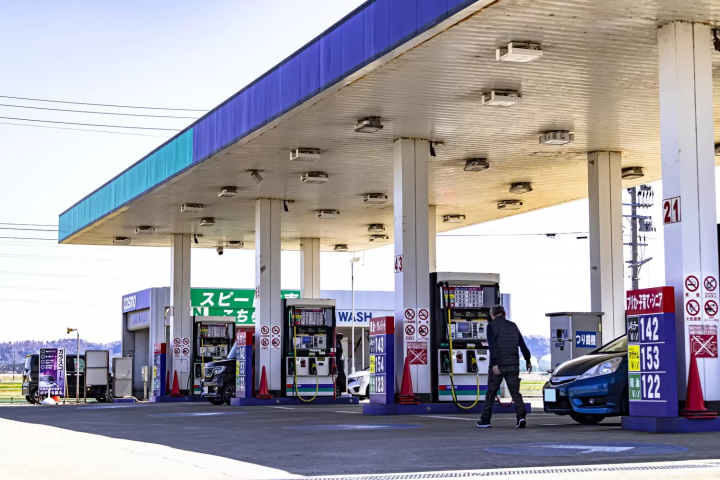
Photo by Pixta
Gas stations can be found in every region of Japan. There are two types: full-service gas stations and self-serve gas stations.
At a full-service gas station, an attendant will fill up your car with gas and also wash your car's windshield. At a self-serve station, the customer pumps their own gas.
Self-service tends to be cheaper than full-service, but at full-service stations, there is little price variance. Full-service is a good choice if you'd like to get your tires filled with air and have your dirty windshield cleaned after a long day of driving.

Photo by Pixta
At many gas stations, the price for each liter of gas is digitally displayed on the gas pump.
There are two types of gasoline: regular (the lowest octane level and suitable for most cars) and high-octane (a high-octane level and usually best for high-performance engines and luxury vehicles), often called premium gas in other countries.
It's probably best to use the gas that's recommended by the car manufacturer.
Using a gas station in Japan is essentially the same as in western countries and other Asian countries.
When you want to fill up a standard-sized car with gas, just say "Regular mantan de onegai shimasu"―and you should be fine!
Insurance and What to Do in the Case of an Accident

When renting a car in Japan, insurance with basic coverage is already included.
However, in the event of an accident, an additional charge of 50,000 yen to 100,000 yen will be required. For more details please check at the car rental shop.
What to Do in the Case of an Accident
If you should happen to cause an accident while driving in Japan or get involved in an accident where someone is injured, the first thing you need to do is call an ambulance. Please call 119 as soon as possible. Then it's important to move your car so that it doesn't interfere with highway traffic.
Next please contact the police. The phone number for the police is 110. Both the ambulance and police provide assistance in several foreign languages, so please contact them right away without hesitation.
After you have spoken to the police and all other matters have been settled, please use the car rental agency's emergency contact number and report what happened and ask them what steps now need to be taken.
Click here to get 10% off on NIPPON Rent-A-Car! (English)
Read also
This article is a revised version (April 2023) of an article that was originally published on December 2, 2016.
Main image by Pixta







































![[2026] Top 5 Strawberry Picking Spots in Tokushima, Naruto| Farms and Access Guide for January to May](https://resources.matcha-jp.com/resize/720x2000/2025/03/06-227165.webp)
![[Yamanashi/ Hokuto City] 4 Hot New Spots Opening in 2026](https://resources.matcha-jp.com/resize/720x2000/2025/12/12-252747.webp)


